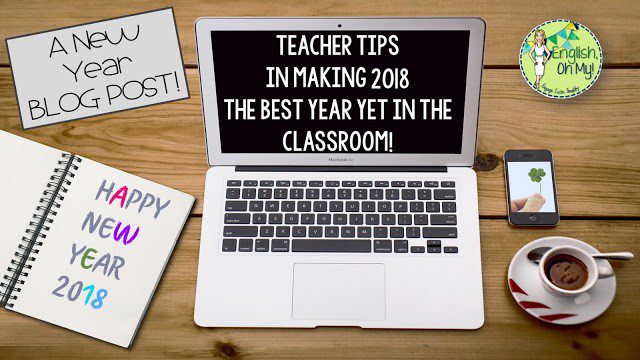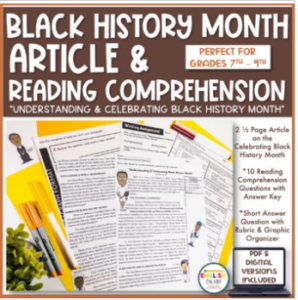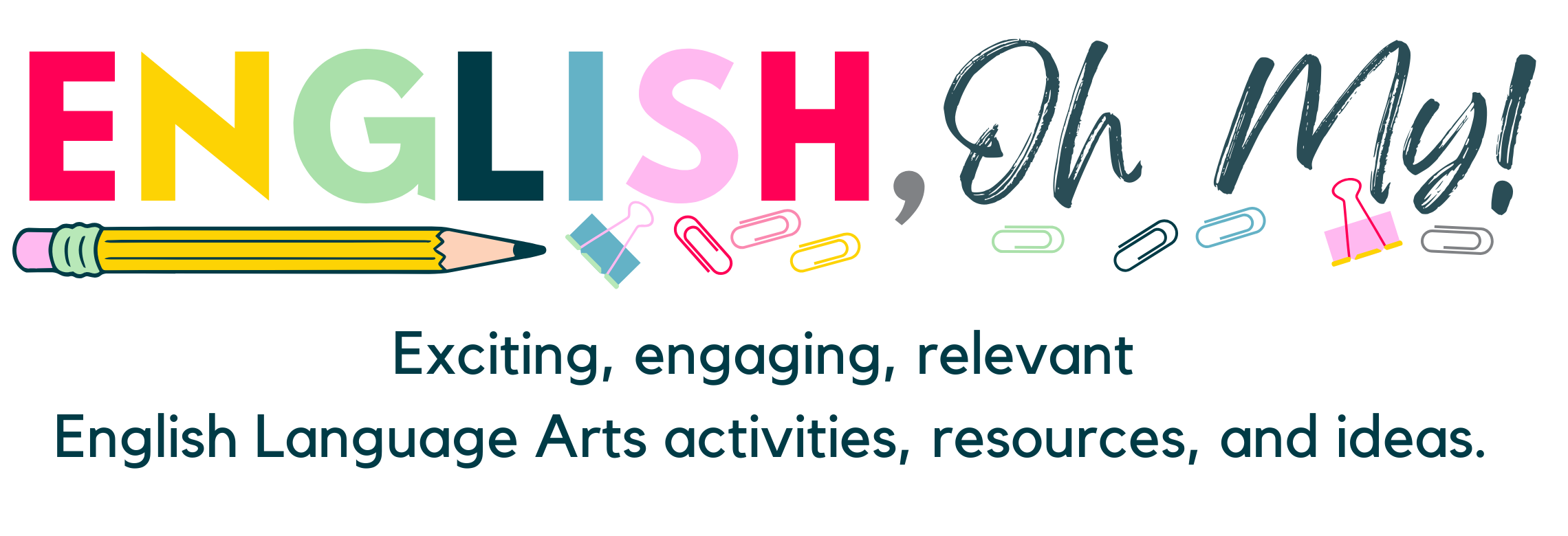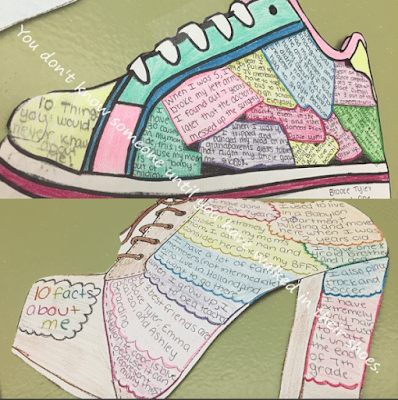
How to Celebrate Black History Month in the Classroom

February is a month that brings with it a feeling of celebration for many people. Are you looking for ideas on how to celebrate Black History Month in the classroom? After all, it marks the start of the new year, Valentine’s Day, and a time to remember and celebrate the achievements of African Americans during Black History Month. In schools across the country, teachers are using this month as an opportunity to discuss and explore the history of African Americans and their contributions to our society. So how can educators make sure they’re teaching Black History Month in an effective and meaningful way? Let’s find out!
The Importance of Contextualization
Contextualization is key when it comes to teaching and celebrating Black History Month in the classroom. We know that African American history goes back centuries before slavery – so why do we only focus on that period of time? It’s important to include stories from all different times in history, including those from pre-colonial Africa, the Civil Rights Movement, and modern-day events. When you contextualize your lessons, you give students a better understanding of where people have come from and where they are going.
Engaging Black History Month Activities
It’s no secret that students learn best when they’re engaged. That’s why it’s important for teachers to get creative with their lesson plans for Black History Month! There are lots of ways you can engage your students without having them memorize facts or dates. For example, you could have them create timeline posters showing important moments in African American history or have them write original speeches from famous civil rights leaders such as Martin Luther King Jr., Malcolm X, or Sojourner Truth. These activities allow students to explore ideas in a fun and meaningful way while still learning about black history.
In addition, you can also celebrate Black History Month in the classroom by introducing compassion and empathy lessons. Teaching empathy, compassion, and tolerance in the classroom is so important for laying the foundation for our students’ future. It exposes them to different personalities and cultures, providing them the opportunity to learn about black history month or to understand cultural differences at a much deeper level. Educating our children on these concepts isn’t just important during black history month or other special events—it should be woven into curriculum as early as possible. That way they learn not only facts, topics and subjects but also how to interact with others compassionately and respectfully. It’s our job to teach them how to be mindful of one another while working together on tasks that foster patience, respect and tolerance—essential skills needed in today’s society!
Here are some empathy, compassion, and tolerance activities your students will enjoy and love-

Teaching Empathy & Compassion

Black History Month Article & Reading Comprehension
Encourage Discussion
Finally, don’t forget to encourage discussion among your students! This is a great opportunity for them to ask questions about what they’re learning and share their own personal experiences related to black history – something that can be difficult but incredibly rewarding if done correctly. Encouraging discussion also gives students an opportunity to find common ground with one another while deepening their understanding of the material being taught.
Other Resources for Black History Month
- 5 Black History Month Activities for Middle School
- Breaking Down Stereotypes & Prejudices -Social Justice Lesson
Black History Month is an important time for us all – not just African Americans – because it allows us to take a step back and reflect on our shared past while also looking ahead towards a brighter future together. As educators, we have a responsibility to teach black history effectively by providing context for our lessons; engaging our students; and encouraging open dialogue among student peers so that everyone can gain new insights into the long-standing struggles faced by African Americans throughout our nation’s history. With these tips in mind, let’s use this month as an opportunity to empower each other through education and work together towards creating a more inclusive society for all!




